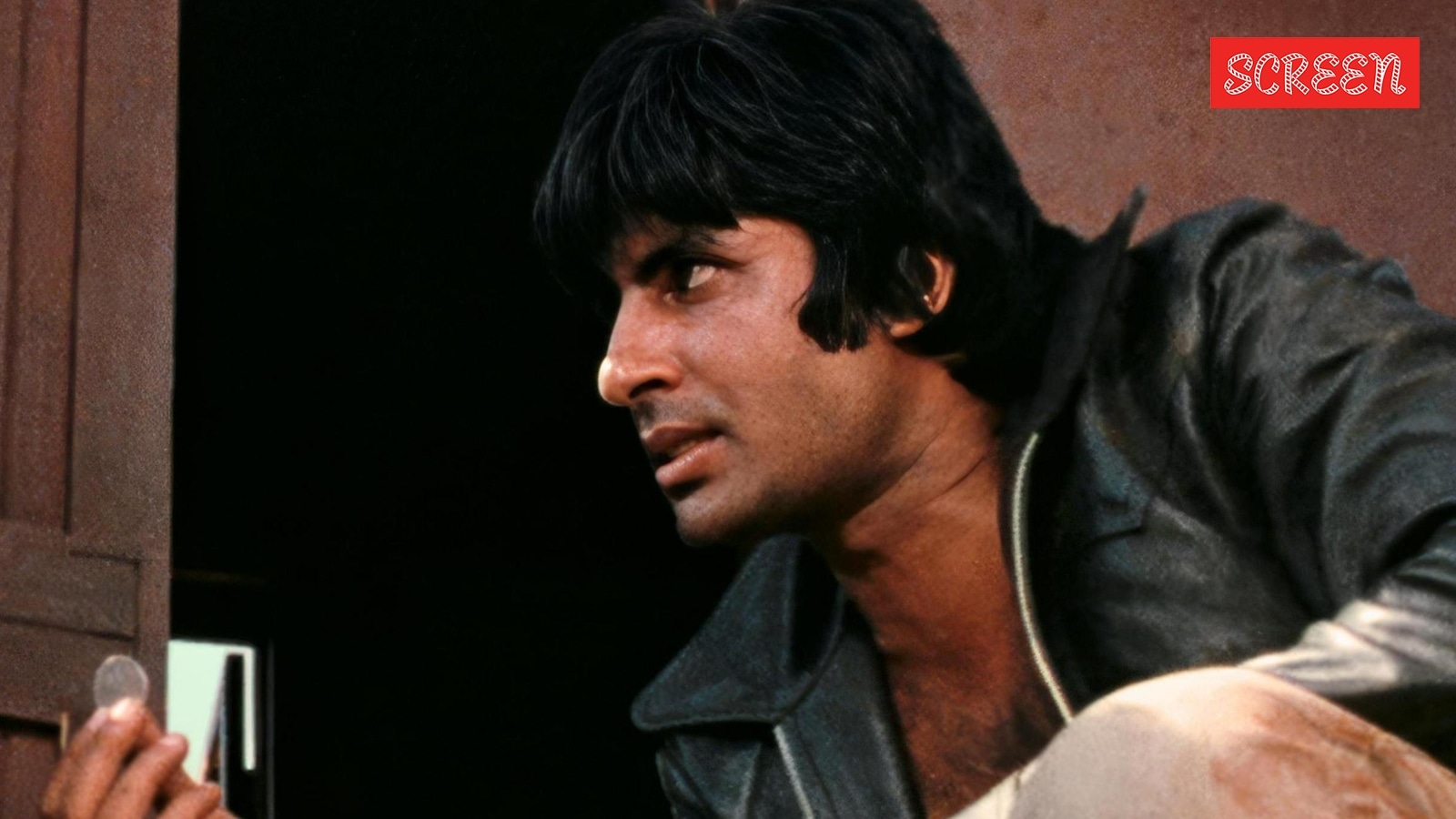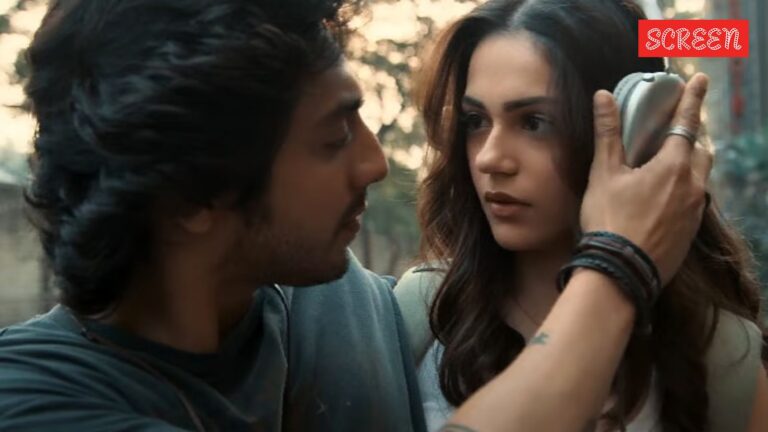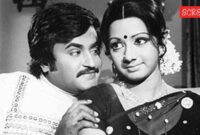Indian cinema is over 100 years old at this point but it started taking shape, and became a significant part of the cultural zeitgeist somewhere in the late 1940s, shortly after the Indian independence. At this time, a lot of filmmakers, actors, music directors and other technicians associated with the movies were still trying to find their feet in the business. Bollywood wasn’t old enough for people to have familial connections as many artistes had just landed in Bombay (now Mumbai) after the Partition. One such producer was GP Sippy, the man behind one of the most famous films of India, Sholay.
GP Sippy came from a wealthy family in Karachi but his family had to flee to Bombay almost overnight. Like thousands of people who lost everything to the horrors of the Partition, the Sippys also lost all their material possessions, which included their mansion, their prominent business, all in Karachi. Sippy had to start from scratch all over again and provide for his family. He lived a luxurious life back in Karachi and he dreamed of reliving those experiences again.
Once in Bombay, Sippy found himself to be homeless. As per a report in New York Times, Sippy sold carpets, saved some money and started a restaurant but nothing worked out until one day, he saw an incomplete under construction house in Colaba, Bombay, and decided to purchase it, with the intention of reselling it at a higher cost. This sparked an idea and Sippy started a construction business where he would construct residential buildings and sell them at a higher cost. Since he was now starting to make some money, Sippy started hobnobbing with the city’s elite and was frequently told that he should start investing in the movies, and so he did and made his first film Sazaa in 1953.
Following this, Sippy started investing in more films but eventually got himself the tag of a B-grade film producer. He also tried his hand at acting and direction, but nothing got him the kind of success that had hoped for. When he sensed that his investments in the movies were not yielding the kind of results that he wanted, he called his son Ramesh Sippy back from the UK, where he was studying at London School of Economics, and asked him to take charge of the business. After Ramesh’s return, the company made films like Andaz, Seeta Aur Geeta, but their luck changed only after the 1965 film Sholay.
Made with a budget of Rs 3 crore, the film changed the trajectory of Hindi cinema. Starring Sanjeev Kumar, Amitabh Bachchan, Dharmendra, Amjad Khan, Hema Malini, Jaya Bachchan among others, Sholay became the biggest Hindi film at the time. Written by Salim-Javed, the film changed his fortune and Sippy was now back on top.
Sholay ran at the cinemas for five years and was eventually replaced by his next production Shaan. He also producer Dimple Kapadia’s comeback film Saagar. In later years, he produced films like Patthar Ke Phool, Raju Ban Gaya Gentleman, among others. Sippy died in 2007 at 93.





















